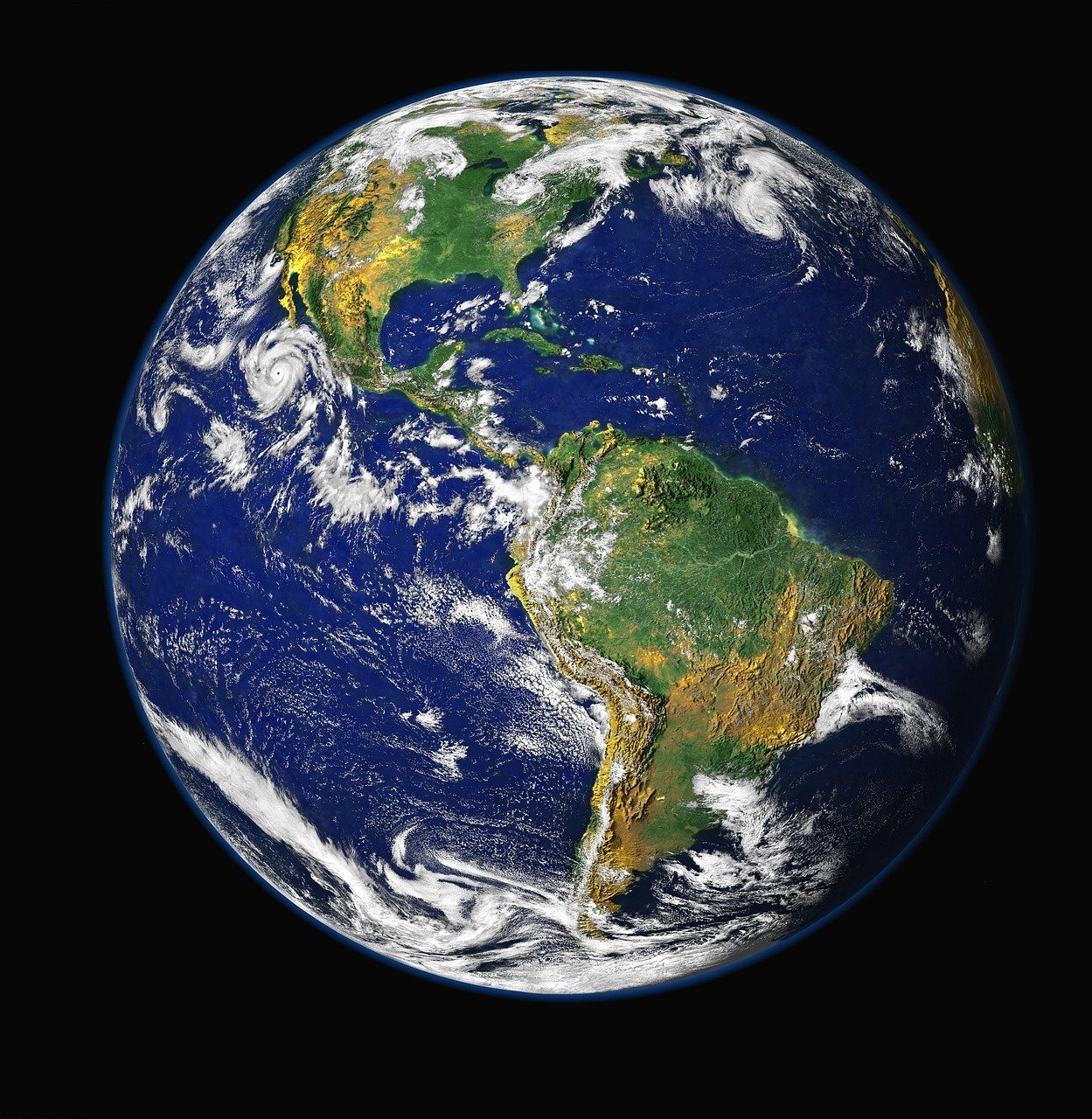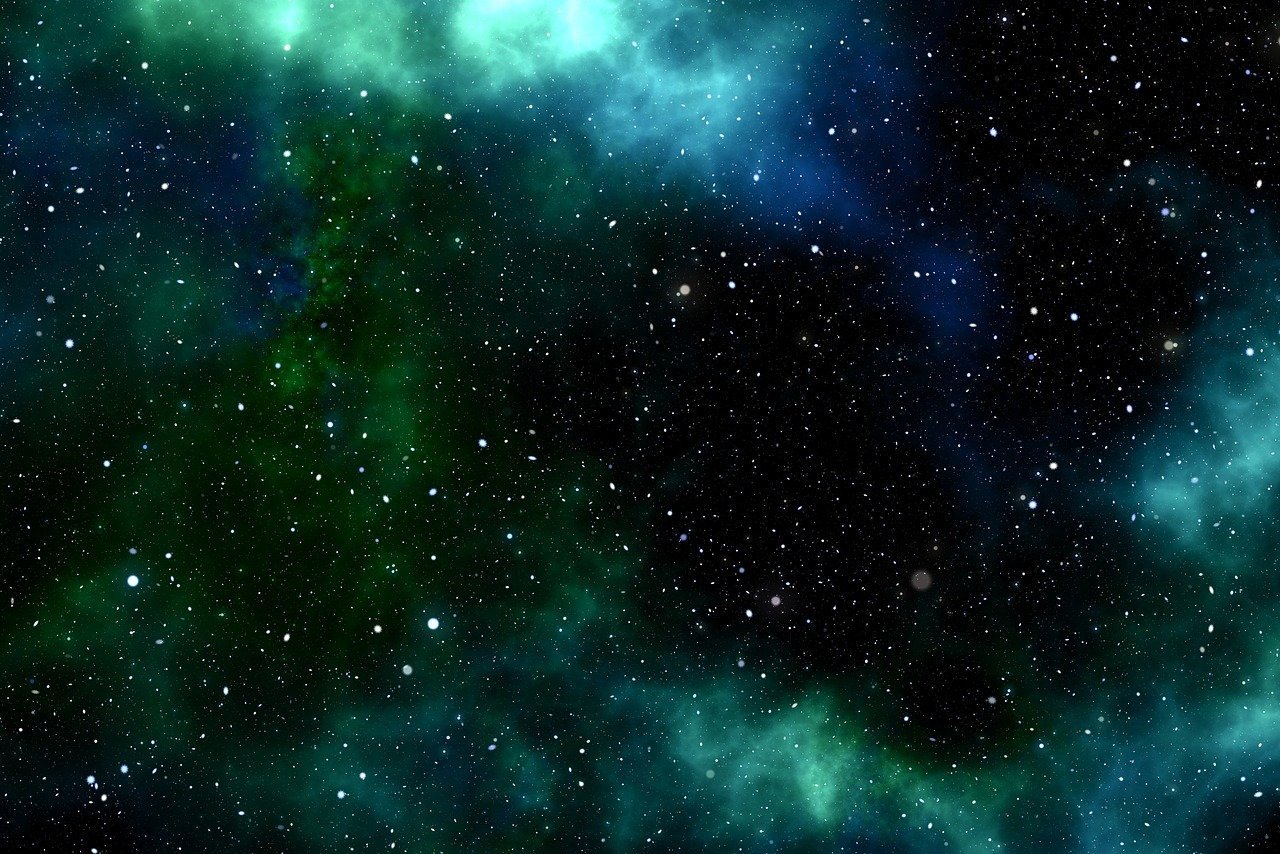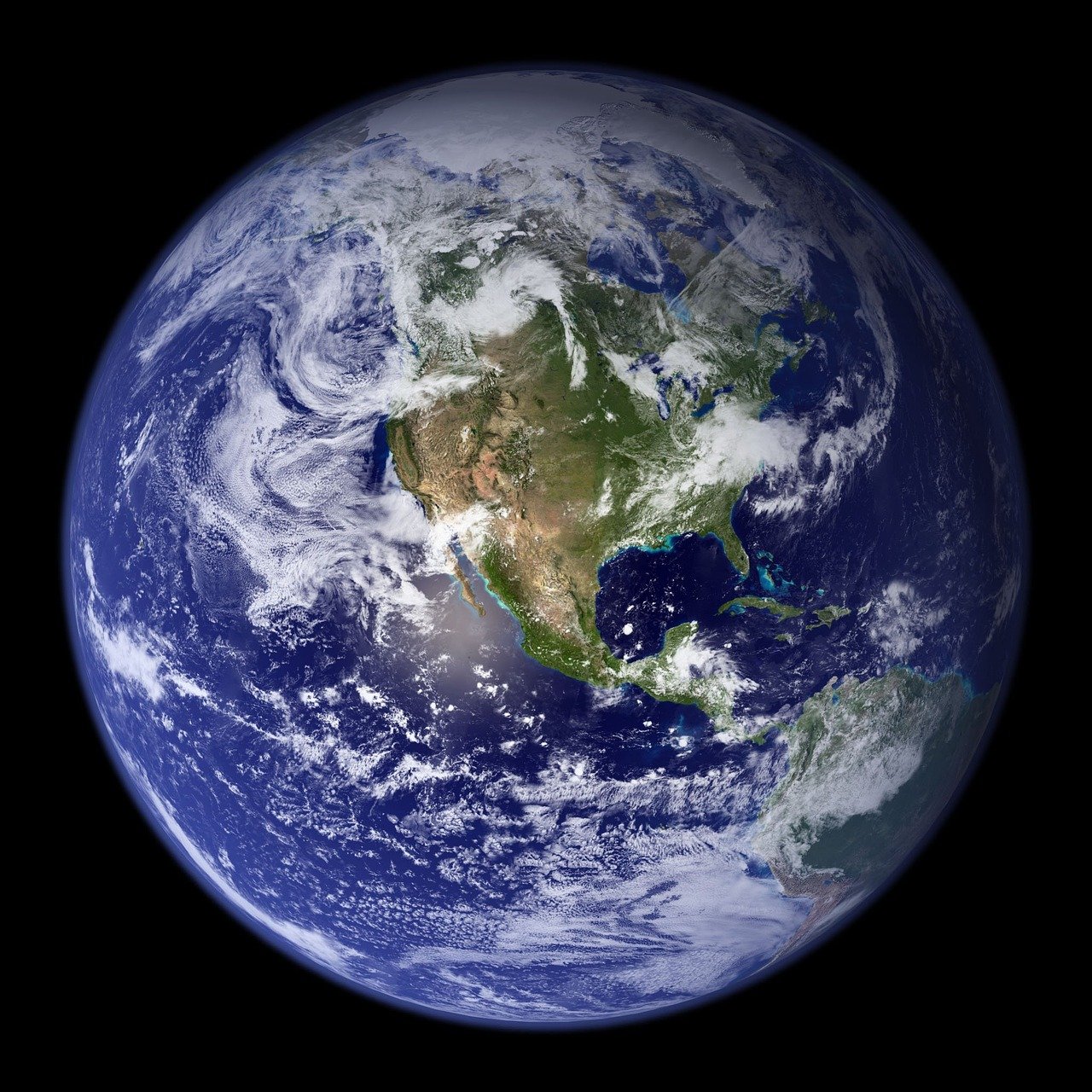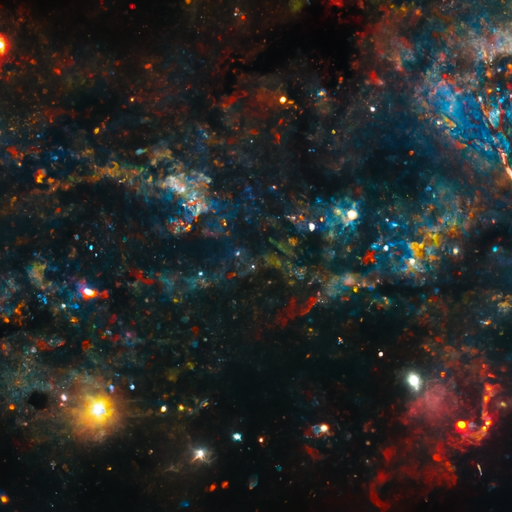Imagine a vast interconnected web spanning billions of light-years, with galaxies and clusters of galaxies twinkling like stars in the night sky. This is the cosmic web, the intricate structure that holds the universe together. In recent years, astronomers and scientists have been tirelessly working to map this colossal cosmic framework, unraveling the mysteries of how galaxies are connected on a grand scale. Join us on a fascinating journey as we explore the fascinating field of cosmic cartography and witness the awe-inspiring beauty of the large-scale structure of the universe. Hold on tight, because we’re about to embark on an adventure of cosmic proportions!
What is the Cosmic Web?
The Cosmic Web refers to the large-scale structure of the universe, a complex network of galaxies, gas, and dark matter that spans billions of light-years. It is a fascinating and intricate web-like structure that holds valuable information about the history and evolution of our universe.
Definition
The Cosmic Web is the cosmic architecture that connects galaxies and galaxy clusters through long, thread-like structures known as cosmic filaments. These filaments form the backbone of the universe and serve as highways along which galaxies move and interact. In the vast cosmic voids between filaments, where matter is less dense, galaxies are relatively isolated.
Origin and Development
The Cosmic Web has its origins in the early universe, shortly after the Big Bang. As the universe expanded and cooled, tiny fluctuations in the density of matter began to grow and amplify under the influence of gravity. These fluctuations eventually led to the formation of galaxies and clusters, with the cosmic filaments and voids emerging as a result of the interplay between gravity and the expansion of the universe.
Understanding the Large-Scale Structure
To understand the large-scale structure of the universe, astronomers have studied the three main components of the Cosmic Web: cosmic filaments, superclusters, and voids.
Cosmic Filaments
Cosmic filaments are the densest parts of the Cosmic Web, stretching for millions of light-years across. They contain billions of galaxies, bound together by gravity. These filaments act as corridors along which galaxies move, attracting and interacting with one another. The distribution and properties of cosmic filaments provide valuable insights into the formation and evolution of galaxies.
Superclusters
Superclusters are massive structures made up of multiple galaxy clusters. They are considered the largest coherent structures in the universe and are connected by the cosmic filaments. Superclusters play a crucial role in shaping the large-scale structure of the universe, exerting gravitational influence over their member galaxies and affecting the way galaxies evolve within them.
Voids
In contrast to the dense cosmic filaments and superclusters, voids represent the vast, low-density regions of the Cosmic Web. These regions are almost devoid of galaxies and other forms of matter. Voids provide valuable information about the expansion of the universe and the distribution of matter, as well as the effects of dark energy.

Cosmic Web Mapping Techniques
Mapping the Cosmic Web poses a significant challenge for astronomers due to its immense scale and complexity. Over the years, several techniques have been developed to better understand and visualize the large-scale structure of the universe.
Galaxy Redshift Surveys
Galaxy redshift surveys rely on the phenomenon of redshift, where light from distant galaxies is shifted towards longer wavelengths due to the expansion of the universe. By measuring the redshift of galaxies, astronomers can determine their distance and map their distribution in three dimensions. This technique has proven instrumental in identifying cosmic filaments and the overall structure of the Cosmic Web.
Cosmic Microwave Background
The Cosmic Microwave Background (CMB) radiation is the remnant of the Big Bang and permeates the entire universe. It provides a snapshot of the universe when it was just 380,000 years old. By analyzing the subtle temperature fluctuations in the CMB, scientists can gain insights into the early universe’s structure, including the seeds that grew into the cosmic filaments and voids we observe today.
Gravitational Lensing
Gravitational lensing is a phenomenon caused by the bending of light due to the presence of massive objects. It can be used to map the distribution of dark matter, a key component of the Cosmic Web. By studying the gravitational lensing effect on background galaxies, astronomers can indirectly trace the dark matter distribution and infer the underlying large-scale structure of the universe.
The Initial Discovery
The existence of the Cosmic Web was first postulated by scientists in the mid-20th century. Let’s explore the early explorations that laid the foundation for our current understanding of the large-scale structure of the universe.
Early Explorations
In the 1960s and 1970s, astronomers made significant strides in mapping the distribution of galaxies in the universe. They began to observe clustering patterns, with galaxies forming filamentary structures. These early explorations provided hints of the Cosmic Web’s existence but lacked the technology and precision necessary to fully comprehend its complexity.
The Sloan Digital Sky Survey
One of the most crucial milestones in understanding the Cosmic Web was the launch of the Sloan Digital Sky Survey (SDSS) in 2000. The SDSS employed advanced imaging technology and spectroscopy to survey a large portion of the night sky and map a vast number of galaxies. The data collected from the SDSS has greatly contributed to our understanding of the large-scale structure of the universe, providing detailed observations of cosmic filaments, voids, and superclusters.

Theoretical Models of the Cosmic Web
To gain a deeper understanding of the underlying physics and processes driving the formation and evolution of the Cosmic Web, scientists have developed several theoretical models.
The Cold Dark Matter Model
The Cold Dark Matter (CDM) model proposes that dark matter, a mysterious and elusive form of matter that does not emit, absorb, or reflect light, plays a central role in the formation of the Cosmic Web. According to this model, dark matter particles interact solely through gravity and form the scaffolding upon which galaxies and other structures are built.
The Lambda-CDM Model
The Lambda-CDM model combines the concept of cold dark matter with the presence of dark energy, a form of energy that is thought to drive the accelerating expansion of the universe. This model integrates the observed cosmic microwave background data, galaxy redshift surveys, and other cosmological observations to describe the large-scale structure of the universe accurately.
Simulations and Computer Modeling
To test and refine theoretical models of the Cosmic Web, researchers employ advanced simulations and computer modeling techniques. These simulations consider various factors, such as the initial conditions of the universe, and simulate the formation and evolution of the Cosmic Web over billions of years. By comparing the results of these simulations with observational data, scientists can refine their understanding of the large-scale structure of the universe and the role of dark matter and dark energy.
Unveiling the Cosmic Web
Advancements in observations, data analysis, and visualization techniques have allowed scientists to unravel more of the secrets of the Cosmic Web. Let’s explore some of the breakthroughs in understanding the structure, characteristics, and visualization of the Cosmic Web.
Mapping Galaxy Clusters
Galaxy clusters, massive collections of galaxies bound by gravity, play a crucial role in the structure and evolution of the Cosmic Web. Recent surveys, such as the Dark Energy Survey and the Euclid Mission, have focused on mapping the distribution of galaxy clusters in unprecedented detail. These surveys provide crucial insights into the overall structure of the Cosmic Web and its evolution over time.
Characteristics of Filaments and Voids
Advances in observational techniques, especially the use of galaxy redshift surveys and gravitational lensing, have shed light on the intricate characteristics of cosmic filaments and voids. These studies have revealed the varying densities, sizes, and shapes of filaments, as well as the underlying distribution of dark matter within them. Understanding the properties of filaments and voids is crucial for refining our theoretical models and linking them to the observed universe.
Advances in Visualization Techniques
Visualizing the large-scale structure of the universe is no easy task, given the immense distances and scales involved. However, advancements in data visualization techniques and powerful computational algorithms have enabled scientists to create stunning visual representations of the Cosmic Web. These visualizations provide an intuitive and accessible way to comprehend the complex network of filaments, voids, and superclusters that make up the Cosmic Web.

The Role of Dark Matter in the Cosmic Web
Dark matter, while invisible and undetectable directly, plays a crucial role in shaping the structure of the Cosmic Web. Let’s explore how dark matter influences the formation and evolution of the large-scale structure of the universe.
Dark Matter’s Influence on Structure Formation
Dark matter’s gravitational pull acts as the scaffolding for the formation of galaxies, superclusters, and cosmic filaments. Its distribution plays a key role in determining where galaxies form and how they cluster together. Understanding the behavior and properties of dark matter helps us unravel the mysteries of structure formation and the evolution of the Cosmic Web.
Measuring Dark Matter Distribution
Although dark matter cannot be observed directly, its presence can be inferred through its gravitational effects on visible matter and light. Scientists use a combination of gravitational lensing, galaxy redshift surveys, and simulations to map and measure the distribution of dark matter within the Cosmic Web. These measurements help refine our understanding of dark matter’s role in shaping the large-scale structure of the universe.
Linking Dark Matter to Galaxy Evolution
Dark matter not only contributes to the formation of the Cosmic Web but also strongly influences the evolution of galaxies. The gravitational pull of dark matter affects the motion and interactions of galaxies, dictating their growth and formation. By studying the interplay between dark matter and visible matter within the Cosmic Web, astronomers can gain insights into the processes that drive galaxy evolution.
Implications for Cosmology and Astrophysics
The study of the Cosmic Web has profound implications for our understanding of cosmology and astrophysics. Let’s explore how mapping and understanding the large-scale structure of the universe contribute to these fields.
Understanding Structure Formation
By tracing the evolution and properties of the Cosmic Web, scientists can gain valuable insights into the processes that led to the formation of galaxies, clusters, and filaments. This knowledge helps us understand how the universe has evolved over billions of years, shedding light on both the past and future of our cosmic home.
Testing Cosmological Theories
The Cosmic Web provides a unique opportunity to test and refine cosmological theories and models. By comparing predictions from theoretical frameworks with observations of the large-scale structure, scientists can assess the validity of different cosmological scenarios. This iterative process helps refine our understanding of the fundamental laws that govern the universe.
Probing the Nature of Dark Energy
The accelerating expansion of the universe, attributed to dark energy, remains one of the most significant mysteries in modern cosmology. Mapping the Cosmic Web allows scientists to study the effects of dark energy on the growth and arrangement of cosmic structures. By understanding how dark energy influences the large-scale structure of the universe, we can gain insights into the nature of this enigmatic force and its role in shaping our cosmos.

Current and Future Cosmic Web Surveys
Ongoing and upcoming surveys are poised to revolutionize our understanding of the Cosmic Web. Let’s explore some of the current and future missions that will further our exploration of the large-scale structure of the universe.
The Dark Energy Survey
The Dark Energy Survey (DES) is an ongoing project that aims to map the distribution of galaxies, superclusters, and cosmic filaments in unprecedented detail. By employing state-of-the-art imaging technology and spectroscopy, DES seeks to provide insights into dark energy’s influence on the large-scale structure of the universe.
The Euclid Mission
Scheduled for launch in the near future, the Euclid Mission is a space observatory that will map the large-scale structure of the universe with unprecedented accuracy. Euclid will measure the distribution of galaxies and cosmic filaments across a significant portion of the sky, providing valuable data to probe dark matter, dark energy, and the physics of the early universe.
The Next-Generation Spectroscopic Surveys
Several next-generation spectroscopic surveys, such as the Extended Baryon Oscillation Spectroscopic Survey (eBOSS) and the Dark Energy Spectroscopic Instrument (DESI), aim to obtain precise measurements of galaxy redshifts and thus map the Cosmic Web more comprehensively. These surveys utilize advanced spectroscopic techniques to measure the distances to galaxies with unprecedented precision, enabling detailed mapping of the large-scale structure.
Conclusion
The Cosmic Web is a remarkable manifestation of the underlying structure and evolution of our universe. Through advancements in observational techniques, theoretical modeling, and data visualization, scientists have made significant progress in mapping and understanding the large-scale structure of the universe. The study of the Cosmic Web provides invaluable insights into the formation of galaxies, the distribution of dark matter, and the nature of dark energy. Ongoing and future surveys promise to unveil even more of the secrets of the Cosmic Web, further expanding our knowledge of the cosmos and our place within it.